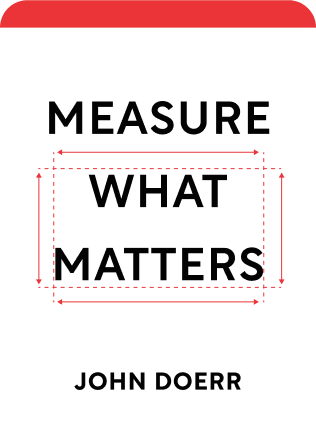

This article is an excerpt from the Shortform summary of "Measure What Matters" by John Doerr. Shortform has the world's best summaries of books you should be reading.
Like this article? Sign up for a free trial here .
What are some good OKR product management examples? How can using OKRs help you achieve product management goals?
OKR product management goals can focus on several things. In this example for OKR product management, the company had already been using OKRs in a superficial way. But when they changed this, the culture benefitted, and so did the product. This shows that OKR product management goals can have far-reaching effects on a company.
Read more to find out how to implement OKR project management goals helped change Lumeris for the better.
OKR Product Management Examples: Lumeris
Implementing product OKRs successfully requires transparency and accountability. These traits can often foster a positive workplace culture, but sometimes, a culture is too negative and distrusting for OKRs to work. If that’s the case, you need to first focus on building the company’s culture. Once you’ve established the foundation of trust, you can then implement OKRs, and they’ll help further deepen trust and interdependence in your community.
Lumeris is a tech firm that provides expertise, services, and software to health care providers and patients. When Andrew Cole, then head of HR, arrived at Lumeris, the company had already been using OKRs for a few quarters. But Cole quickly realized that their use was superficial—at the end of the quarter, people would just adjust the numbers on the OKR platform and say they’d met their goals. There was no accountability or buy-in. Many people didn’t even know their OKRs. So, Cole decided that OKRs for product management would be the way to get everyone baack on track.
But the problem went beyond the way Lumeris used OKRs. The failed OKR system was the result of a negative workplace culture, which Cole needed to address before OKRs could be effective.
Problem #1: Executives had introduced OKRs in an attempt to merge the conflicting cultures of Lumeris (a risk-taking and transparent company) and their partner, health insurance company Essence (risk-averse and protective of their proprietary methods). As long as these two organizations remained separate entities, with two separate cultures, the OKR system couldn’t function successfully. This is where the OKR product management system comes in.
- Solution: Lumeris incorporated Essence under its own umbrella.
Problem #2: Lumeris’s stated values included passion, teamwork, personal ownership, and accountability, but many of Lumeris’s top leaders were autocrats, uninterested in reinforcing these values. This created a gap between the company’s stated values and its behavior, which created distrust among employees.
- Solution: Cole let the autocratic leaders go and hired ones who exemplified the company’s values.

———End of Preview———
Like what you just read? Read the rest of the world's best summary of John Doerr's "Measure What Matters" at Shortform .
Here's what you'll find in our full Measure What Matters summary :
- How Google uses OKRs to rally 100,000 employees in the right direction
- How to avoid setting useless OKRs, and how to set great ones
- Key subtle behaviors your team must master to make OKRs work






